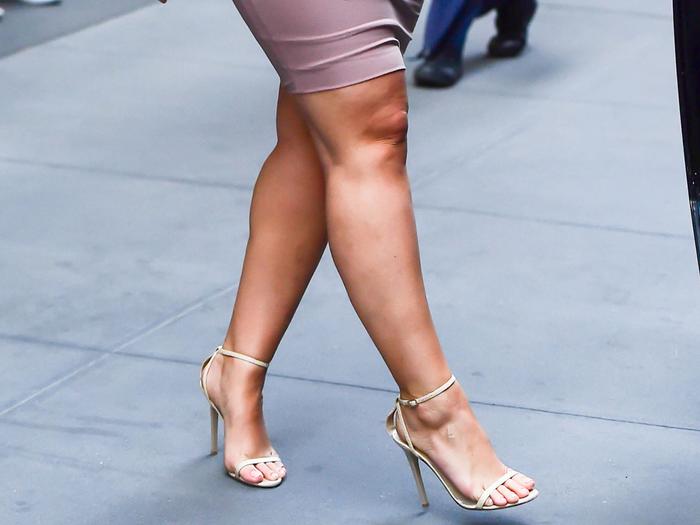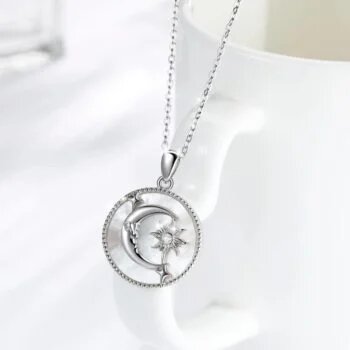I’m sure you’ve heard the saying, “If you’re going to get a tattoo, plan ahead.” Well, it’s true! In fact, there are many things to consider when creating your masterpiece. You should be willing to spend a little time thinking about what kind of person you want your ink to represent and what kind of artwork would work best for that person. The artist should also be able to help you with any questions or concerns about the design so that it will look great on your body.
Choose what you want.
Before you get a tattoo, it’s important to choose what you want. If your ink is going on someone else’s body and theirs is not yours, then making sure that the design fits both bodies will be a big factor in how well they’ll look when they are done.
If this is something that matters to you and if there are no other options (like if all of your friends have already gotten their designs), then make sure that whatever design or word/name combo makes sense for each individual person who is getting them done by looking at photos online or just talking about ideas with friends until one shines out above all others as being their favorite choice.
I know this all sounds pretty simple but sometimes people end up regretting some of their choices because they didn’t think things through properly beforehand (which leads us into…
Prepare for your tattoo appointment.
- Prepare for your tattoo appointment.
- Don’t eat before the appointment.
- Don’t drink alcohol before the appointment.
- Don’t smoke before the appointment (or at least don’t do it in front of your artist). This includes cigarettes, cigars, pipes and hookah tobacco; even if they’re not being smoked on purpose, these products can contain nicotine which can cause dizziness and other side effects when taken into contact with an open wound or area susceptible to infection (such as a fresh tattoo).
Let the artist know you’re getting a tattoo and ask if he or she wants to help you in any way.
- Let the artist know you’re getting a tattoo and ask if he or she wants to help you in any way. The artist may have suggestions for what to get, or perhaps he or she has even gotten the same design that you want. They can also make sure that your tattoo fits with their style and will work well with other tattoos on their body. It’s not always easy choosing which design and where exactly to place it on someone’s body, but if they are confident enough in their abilities as an artist, then there isn’t much else left except giving them free reign over how much room is needed for each part of the process!
Consider the size of your tattoo.
Choosing a design that’s large enough to fill the space you have is important. You don’t want to be surprised by a tattoo that looks huge on your skin and then discover it’s actually tiny when you look at it in the mirror.
Make sure that your chosen design is small enough to conceal if necessary, but not so small as to be hard-to-see and difficult to maintain over time.
Make sure there’s plenty of room for your tattoo on your body.
You’ll want to make sure that your tattoo is big enough for you to see it clearly, and not too close to other tattoos. If you’re getting one on your arm or wrist, it should be at least an inch away from the edge of your skin; if it’s in a more prominent place like on the calf or thigh where people can see it from across the room (and who wants that?), then go bigger!
Make sure there is plenty of room between your body part and the tattoo as well. For example, if we were talking about getting my sleeve done by an artist who has experience working with sleeves before (let’s call her Jane) then I would definitely tell her “I want this done right.” This means taking into consideration how large I want my sleeve to be as well as how much space there needs between it and where she will be placing all those needles so they don’t poke me during their process!
Review the services available from the artist (for example, a background design on the neck can be particularly expensive).
- Review the services available from the artist (for example, a background design on the neck can be particularly expensive).
- Consider how much time you want to spend in preparation for your tattoo. This is an important decision because it will affect how long it takes to finish your artwork and how difficult it will be to get inked by that artist.
- Come up with ideas of what you want to get done with your new body art!
Think about what kind of pain relief you will need during and after your appointment.
The type and extent of pain you’ll feel during and after your appointment will influence your choice of pain relief options. Painless tattoo relief options include:
- Numbing cream (such as lidocaine) or anesthetic cream. This can be applied directly to the tattoo area before the procedure begins, so it’s important that you don’t run out during your appointment! You may also need this if any ink gets into a wound infection site in your hand or arm.
- A topical tattoo numbing cream can be applied by an artist immediately before starting their work on you–you should ask them beforehand if they use this kind of product with their clients because different types have different levels of effectiveness depending on where they’re applied over time.* Some people choose not to take any kind of medication at all; others prefer taking something like ibuprofen before coming in for their appointment so that they’re less likely to experience side effects such as headaches later on down the road.* If possible, talk with someone who has experienced both types so they know which is best suited for each person based upon symptoms experienced previously by themselves versus those experienced by other people who received similar treatments but didn’t meet expectations due primarily due lack knowledge surrounding proper dosage amounts needed throughout entire process cycle protocol when combined together correctly.”
There are many considerations to keep in mind when designing tattoos; they’re not simple stick-on moves!
There are many considerations to keep in mind when designing tattoos; they’re not simple stick-on moves!
Choose what you want, prepare for your tattoo appointment, let the artist know that you’re getting a tattoo and ask if he or she wants to help you in any way.
Conclusion
Now that you have a better idea of how to plan your tattoo and prepare for it, we hope you’ll enjoy your new design!



